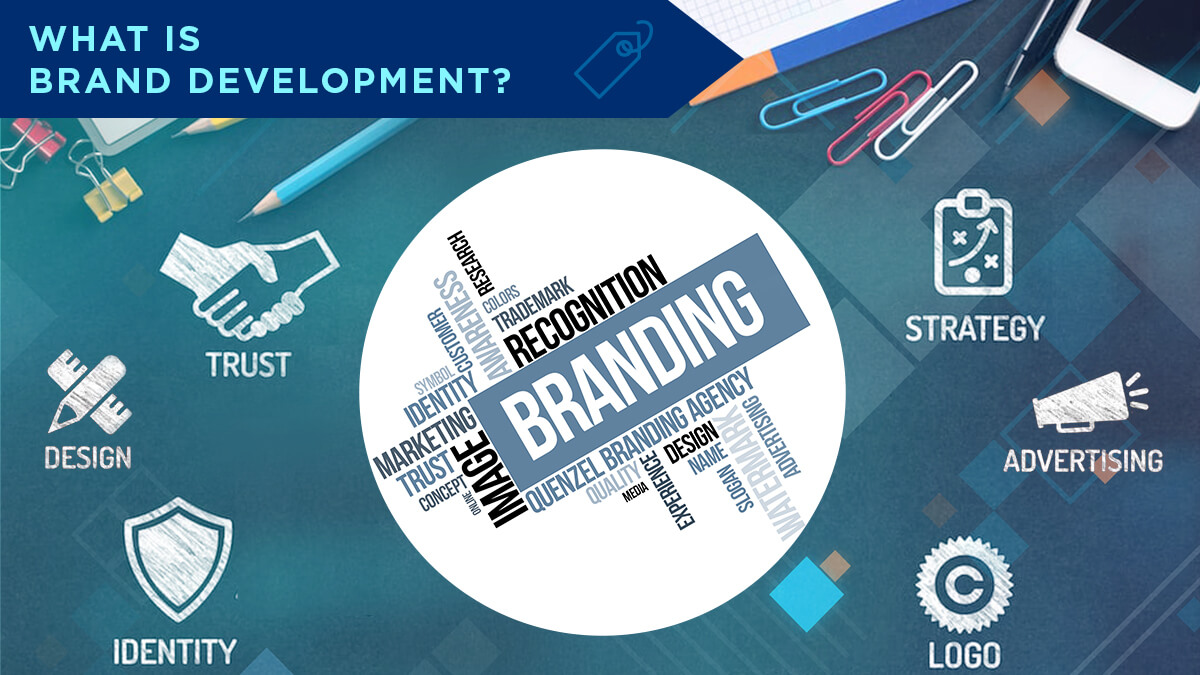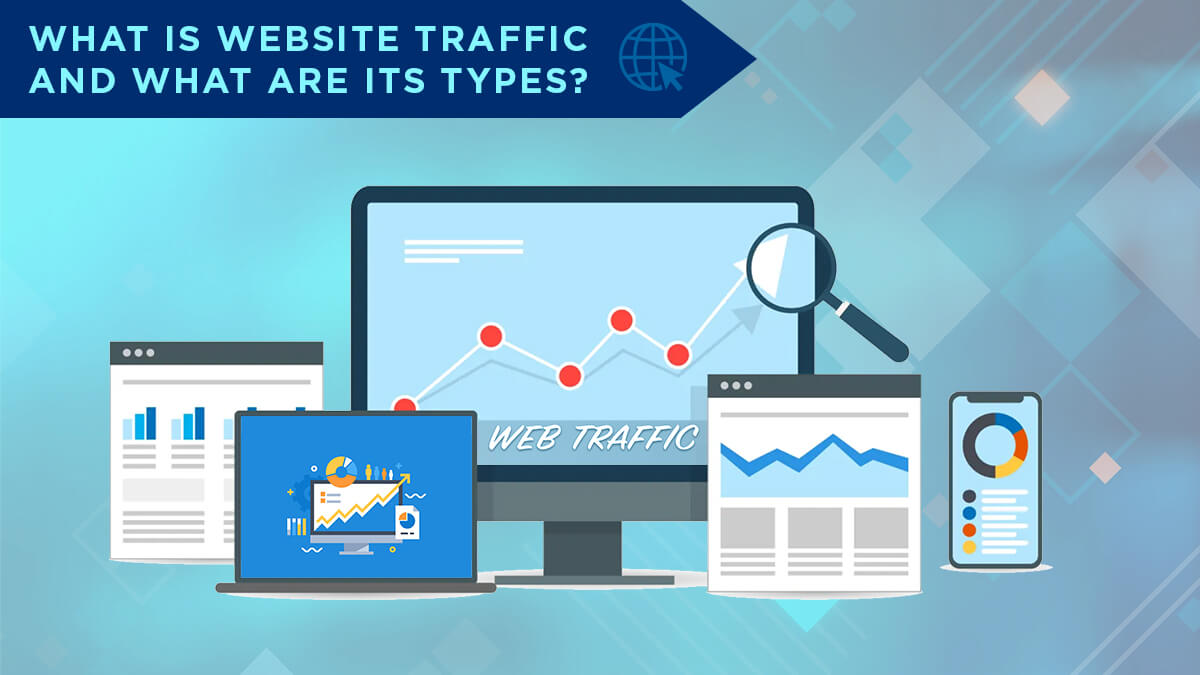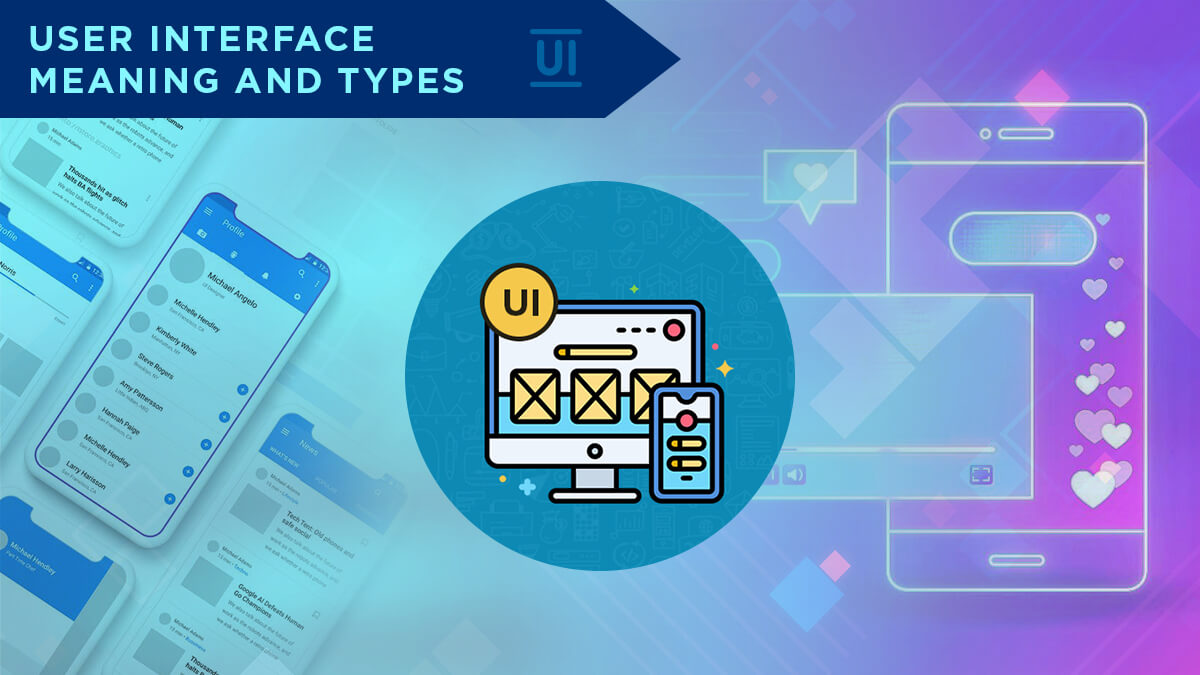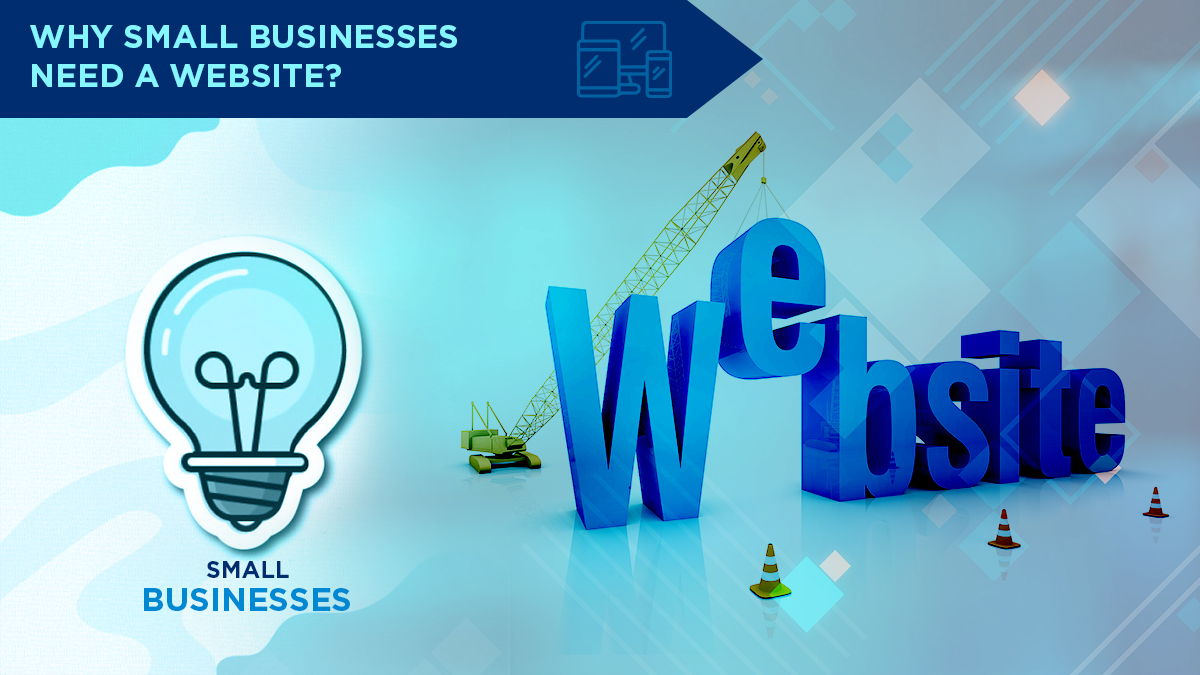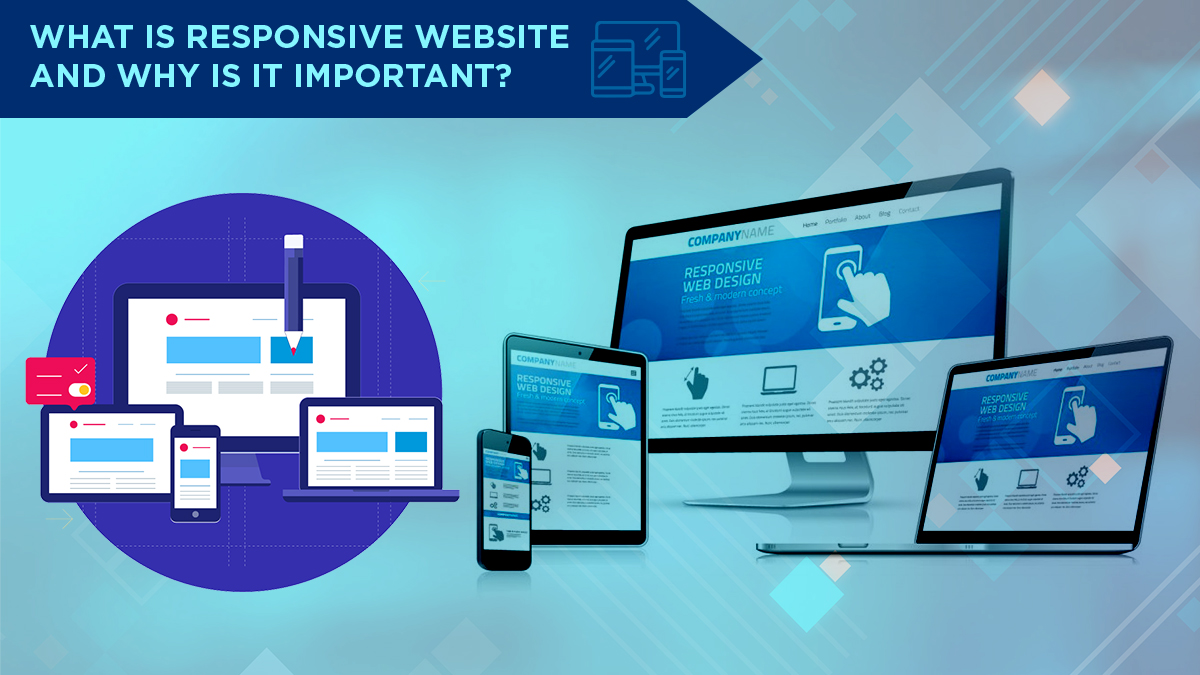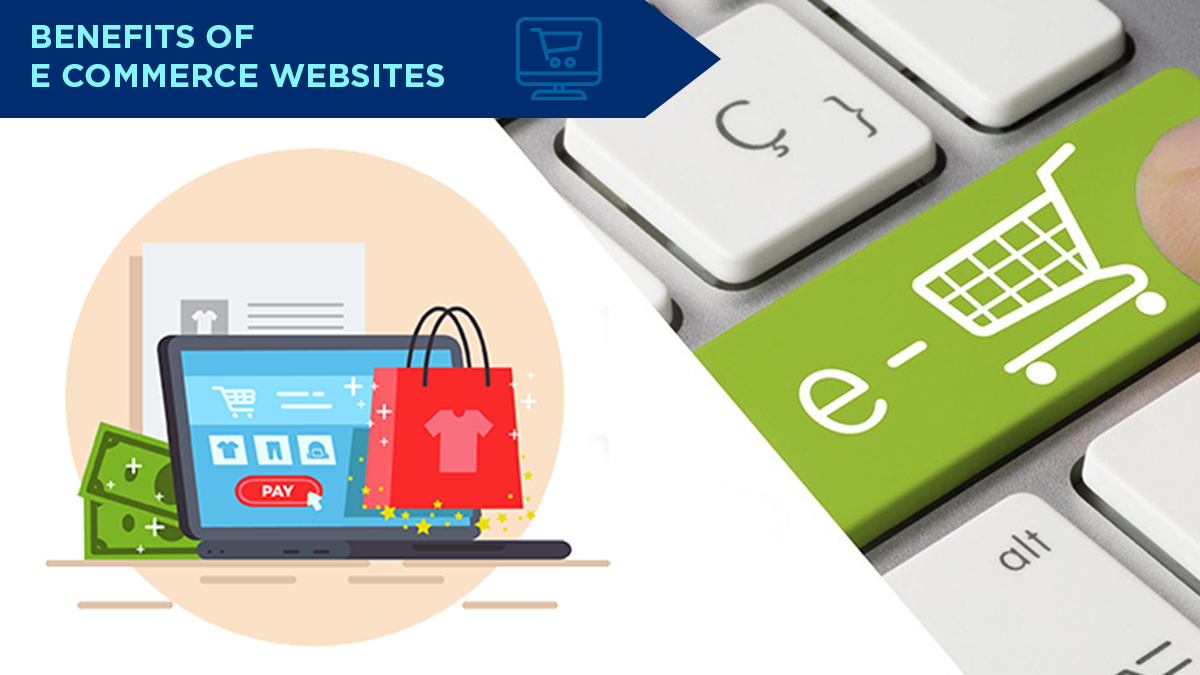Brand, though a small word in itself, encompasses within itself the reputation and goodwill of the business. A brand is the subtotal of every marketing strategy that you incorporate to make your business reach its targeted audience. It includes the content you put out for your customers, the products or services you provide, the way you handle your customer service, your engagement in social media, and even includes your business logo.
A brand is a continuously evolving entity. It changes with the market and its trends regularly, and therefore it is crucial to constantly reinvent your brand strategy.
Developing a brand is a continuous process. It helps maintain the quality of the brand and plays an essential role in earning the consumer’s trust. It separates you from others and makes you unique in every aspect.
Strategies for Brand Development
Define the Purpose of Your Brand
Defining the purpose of your brand helps align oneself with the customer’s values and thought process. It helps your users get a perspective of what you stand for and the value that you bring to the table as an organization.
Therefore, make sure that you have answers to questions like your viewpoint as a company, the services or products you offer to the customer, the value you pursue as an organization, and what you intend to give back to society and the country as a whole.
The interpretations of these queries will help the end-user to better identify you and your purpose. A good practice is to start by doing SWOT analysis so that you can define your core message properly.
Understand the Market as Well as the Customer
Once you have zeroed in on your scope, the next step is to identify the customer and the market trends. Do your research about what works in the market, the latest trends and also invest some time in your competitors.
Make sure that you recognize your customers. Who your clients are, their expectations, and what they are looking for, their demographic data, and other related information are essential to cater to their needs.
The best ways to get all such information is to conduct surveys, talk to people on social media, listen to their grievances and try to resolve their queries. This is important to delve deeper into customers’ minds and help you anticipate their needs well in advance.
Develop Your Position as a Brand
Positioning the brand is the next step in the process. It is also known as market positioning. This involves creating your unique value in the eyes of the customer. It helps in customers placing their confidence in you and separates you and your competitors.
To help in capturing people’s attention, you also need a positioning statement. A positioning statement is the mouthpiece of your product. It lets the customer discover your product’s usability and helps establish your connection with your target audience.
The positioning statement should be both based on solid facts and should also be aspirational in nature. This helps in warming up with users.
Build the Necessary Weapons for the Brand Development
After the initial steps, develop a toolbox that is necessary for creating the brand identity. This includes the brand’s logo, tagline, and website that is customized for SEO and other parameters.
Next, focus on your content. The content marketing strategy, as it is commonly known, helps in increasing the visibility and the goodwill or reputation of the brand. Your content is the magic wand that enables you to connect with the audience. Therefore, make sure that your content is consistent with your purpose and solves your audience’s pain points.
All these weapons are vital to give a name and a platform to your brand on which it can firmly dig its heels. It helps in making the brand relevant to the customers.
Act, Track, and Adjust
All the strategies developed by the businesses to build a brand should be acted upon so that the results can be obtained. Most firms get busy with their day-to-day work to take time out to act on the strategies developed.
Therefore, tracking the branding strategies regularly is essential to analyze the results and resize the approach. Analyzing the results includes knowing how people receive your brand, their expectations, and opinions about your company. This will help you in formulating policies in an informed manner.
It enhances sales and revenues and also safeguards your business.

